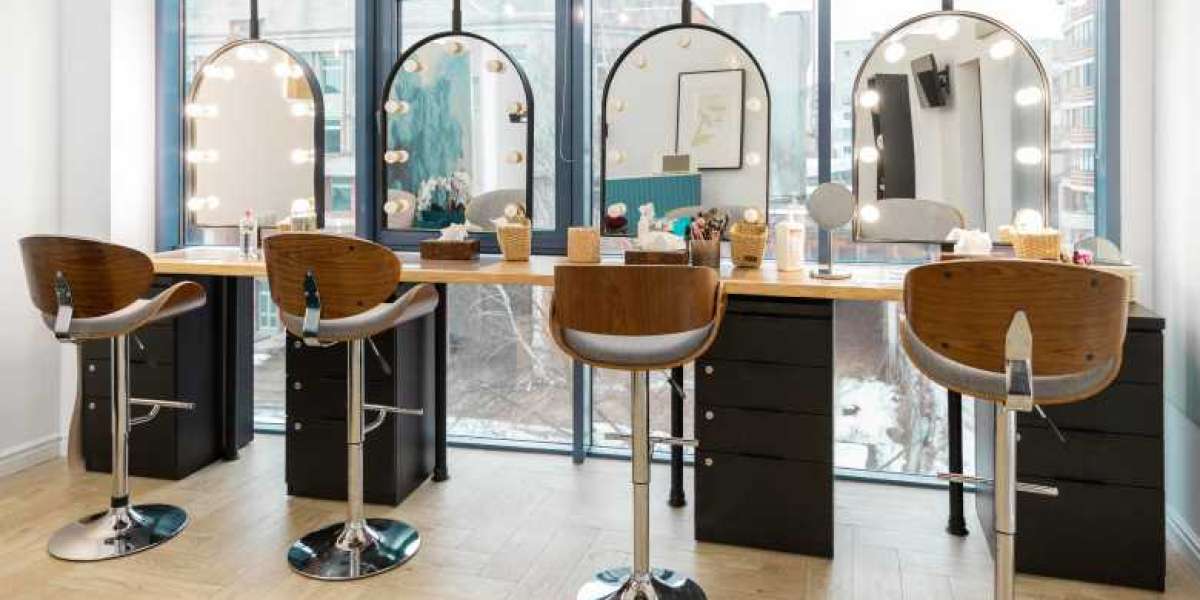Comfort and Relaxation: Furniture pieces like sofas, armchairs, and beds provide comfort and relaxation after a long day. They offer a place to unwind, read a book, watch TV, or simply take a nap, improving your overall well-being.
Organization and Efficiency: Properly chosen furniture pieces such as desks, bookshelves, and cabinets help in organizing your space efficiently. They provide storage for books, documents, clothes, and other essentials, making it easier for you to find what you need quickly and enhancing productivity.
Ergonomics and Posture: Ergonomically designed furniture, such as office chairs and desks, supports good posture and reduces the risk of musculoskeletal problems. A well-designed chair with proper lumbar support can prevent back pain, while an adjustable desk can promote standing and sitting alternation, improving overall health and productivity.
Social Interaction: Furniture arrangements in living rooms or dining areas facilitate social interaction with family and friends. Whether it's a cozy couch for intimate conversations or a dining table for shared meals, furniture fosters connections and strengthens relationships.
Inspiration and Creativity: A well-designed workspace with comfortable furniture can inspire creativity and boost productivity. Whether you're an artist, writer, or professional, having a dedicated space with the right furniture can create an environment conducive to innovation and idea generation.
Mood Enhancement: Furniture can influence the ambiance and mood of a space. The color, texture, and style of furniture pieces contribute to the overall aesthetic and atmosphere of a room. Bright colors and cozy textures can evoke feelings of warmth and happiness, while sleek and modern designs can promote a sense of sophistication and clarity.
Multifunctionality: Many furniture pieces are designed to serve multiple purposes, maximizing space and functionality. For example, a sofa bed provides seating during the day and transforms into a sleeping area at night, making it ideal for small living spaces or guest rooms.
Personalization and Expression: Your choice of furniture reflects your personality and style preferences. Customizing furniture pieces allows you to express yourself and create a space that feels uniquely yours. Whether it's adding colorful throw pillows, displaying cherished artworks, or incorporating vintage pieces, furniture allows you to personalize your environment and make it truly your own.
In summary, furniture plays a vital role in enhancing your daily routine by providing comfort, organization, ergonomics, social interaction, inspiration, mood enhancement, multifunctionality, and personalization. Choosing the right furniture for your space can significantly improve your quality of life and overall well-being.
Ergonomics and Biomechanics: Furniture design incorporates principles of ergonomics and biomechanics to ensure optimal comfort and support for the human body. For instance, chairs are engineered with proper lumbar support to maintain the natural curvature of the spine, reducing the risk of back pain and musculoskeletal disorders. Ergonomic desks feature adjustable height settings to accommodate varying user preferences and promote proper posture, thereby enhancing productivity and reducing the likelihood of repetitive strain injuries.
Material Science and Durability: Furniture materials are carefully selected and engineered for durability, functionality, and aesthetic appeal. Advanced materials such as high-density foam, memory foam, and ergonomic mesh are utilized in the construction of seating to provide superior comfort and support. Additionally, furniture finishes and coatings undergo rigorous testing to ensure resistance to wear, tear, and environmental factors, prolonging the lifespan of the furniture and minimizing maintenance requirements.
Space Optimization and Functional Design: Furniture design focuses on maximizing space utilization and functionality, especially in smaller living environments. Multi-functional furniture solutions, such as sofa beds, modular shelving units, and collapsible tables, are engineered to provide versatility and adaptability without compromising on comfort or aesthetics. Through innovative design techniques such as foldable mechanisms, sliding components, and hidden storage compartments, furniture can seamlessly transform to meet diverse user needs and spatial constraints.
Human-Centered Design and User Experience: Furniture is meticulously crafted with human-centered design principles to prioritize user experience and satisfaction. Anthropometric data and user feedback are incorporated into the design process to ensure optimal dimensions, proportions, and usability. For example, the height, depth, and width of seating surfaces are carefully calibrated to accommodate a wide range of body sizes and shapes, enhancing comfort and usability for diverse user demographics.
Environmental Sustainability and Green Design: Furniture manufacturing increasingly embraces sustainable practices and eco-friendly materials to minimize environmental impact and promote sustainability. Sustainable forestry practices, recycled materials, and low-emission adhesives are utilized in the production of furniture to reduce carbon footprint and mitigate resource depletion. Additionally, furniture design incorporates principles of circular economy and cradle-to-cradle design, emphasizing product longevity, recyclability, and material recovery at the end of the product lifecycle.
Digital Integration and Smart Furniture: With the advent of smart technology, furniture design is evolving to incorporate digital integration and IoT (Internet of Things) connectivity. Smart furniture solutions, such as adjustable desks with integrated sensors, ergonomic chairs with posture monitoring capabilities, and ambient lighting systems with programmable settings, are engineered to enhance user comfort, productivity, and well-being through personalized and adaptive functionalities.
In conclusion, furniture enhances your daily routine through the application of technical principles such as ergonomics, material science, space optimization, human-centered design, environmental sustainability, and digital integration. By prioritizing comfort, functionality, durability, and user experience, furniture contributes to an improved quality of life and enhanced well-being in various aspects of daily living.








